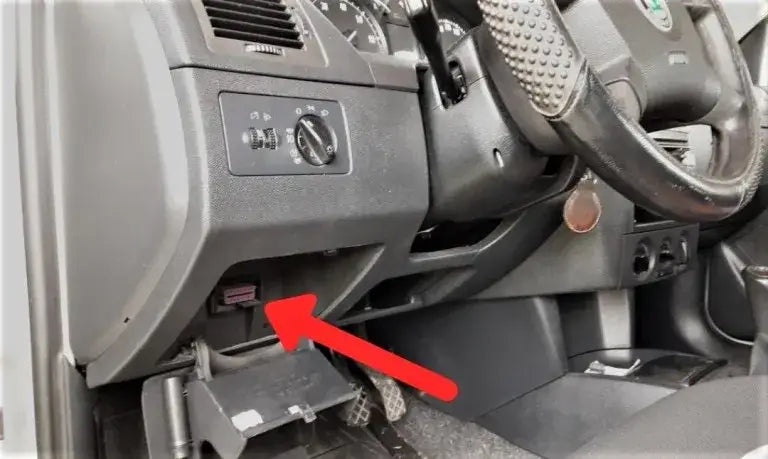When that dreaded check engine light comes on, you may confused and worried about it.Please noted that it's not ok to drive on the road when the check engine light is on.
How to reset the check engine light? CGSULIT is here to tell you the steps to turn off the engine light on your car with our OBD2 code reader. You might be able to solve the problem yourself. At the same time, you can avoid going to make an appointment at the mechanics, driving there, losing time, etc.
This article will hopefully show you that the whole process is easy and no more complicated than using a smartphone.
In the end, you can also find a video tutorial or watch it on our YouTube channel.

The only thing you need to clear the check engine light is an OBDII reader, also known as an OBDII scanner. Please note that some basic code readers can only read codes but can't erase trouble codes. So make sure to get a reader that can do both.
An example of a decent OBDII reader is the CGSULIT SC301. If you are interested in reading a review about it, click here. You can also watch a YouTube review by clicking here.
How to reset the check engine light with a code reader?
Before we start, I would like to mention that some previous experience with using a code reader is recommended, although not necessary.
If you have no experience whatsoever and this is your first time using it, you can read a separate article on that topic (click here) that will explain and help you learn how to do so. Besides this, you can also watch a video tutorial by clicking here.
1. Find the OBDII Port

2. Connect the OBD Code Reader

3. Turn On the Ignition

4.Let the OBD Code Reader Perform a Scan

5.Read and Interpret the Error Code

Once the scan is finished, you’ll get a list of error codes. There might be one or more.
After this, you must look up what the error codes mean and properly interpret them.
This is a very important step and a crossroad for further action because it informs you about the seriousness of the problem.
My point is if it’s a bigger issue then the check engine light will soon come back after the reset.
You shouldn’t ignore the problem but solve it as soon as possible.
For easier code interpretation, most OBD tools have a mini code library installed so you can look it up on the spot. The other option is of course the internet.
6.Go Through the Menu and Select to Clear the Check Engine Light

If you think the error code is not dangerous and worth clearing, then visit the Tools menu again and select the option to clear the error code.
Most tools have the same basic menu, so finding the exact command is more or less the same.
After selecting the correct command, press the confirm button. You may get a question if you want to clear the error code, select Yes.
7.Return to the Homepage

Use the escape or return button and go back to the beginning menu (the one which shows up when the reader first powers up).
8.Disconnect the OBD Code Reader

Pull out the connector from the OBD port. Again, be careful not to damage it.
When the OBD reader has an on/off button, first turn it off and then disconnect it.
9.Turn Off the Ignition

Turn the ignition key back into the first position or as backward as it goes.
10.Start the Engine and Check If the Light is Gone

If everything is OK, the check engine light should go off immediately after starting the engine.
Once the engine gains some temperature, you can start it a few more times to see if the check engine light comes back.
Conclusion
As you see, learning how to use a code reader to clear the check engine light is not difficult at all.In fact, it takes only about five to ten minutes, depending on the OBD tool and the user's experience.Once you do it successfully, you'll see why people buy these tools and do it for themselves.
Although the reset process is simple, I must urge you again to first find out what the error code means and fix the problem, especially if it's serious.
Otherwise, the effect of clearing the code will be temporary and won't solve the actual problem in any way.
Finally, learning to clear a check engine light is more or less necessary if you want to finish some DIY repairs properly. Otherwise, you might end up making a successful repair only to drive around with the dreaded check engine light up all the time.

